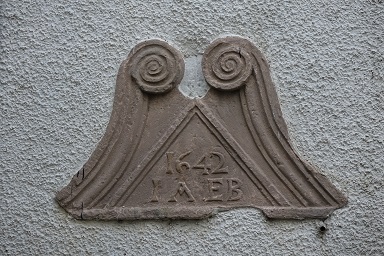South Court
South Court
South Court is on the site of some of the oldest dwellings in St Andrews. The burgh of St Andrews was formally founded in the middle of the twelfth century when the local bishop invited settlers from England and continental Europe to establish a new town. The first provost of St Andrews (the Scottish equivalent of a mayor) was a man called Mainard who seems to have come from Flanders. Mainard was granted three "tofts" (or homesteads) on the south side of the road now known as South Street. These properties formed the nucleus of the medieval city of St Andrews. The current buildings at South Court are thought to date from the sixteenth and seventeenth centuries.
Street View
Additional Information
Location: South side of South Street. Date Built: Site in use since twelfth century. Buildings sixteenth-century and later.
South Court originally had a long plot of land stretching down to the mill-stream, which ran roughly where Queen's Terrace is now. The mill-stream is referred to in the grant of land to Mainard the Fleming.
Like many sixteenth-century houses South Court had a small yard behind the main house. This yard was accessed by a covered passageway, meaning that deliveries and trade traffic did not have to go through the main living quarters.
In the late seventeenth century South Court was occupied by George Martine, the secretary of the Archbishop of St Andrews. Martine wrote a history of the archbishopric which preserved many important details about medieval and early modern St Andrews.
